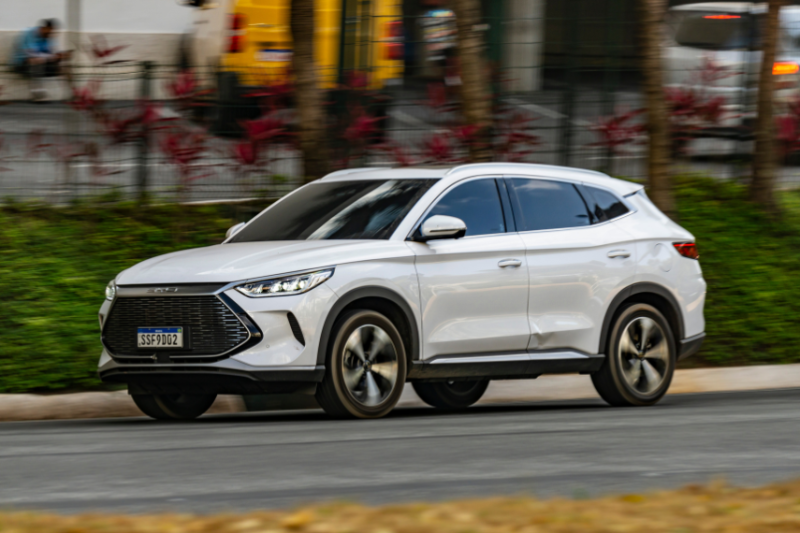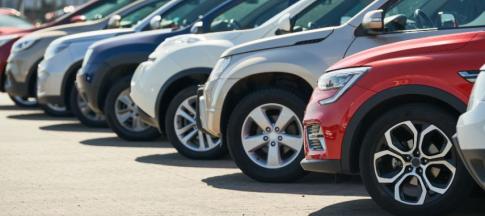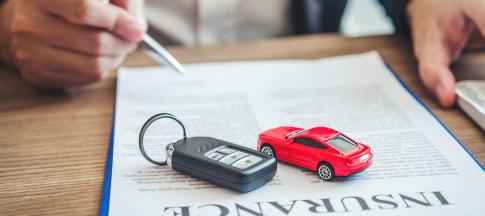
Buying a car is no easy feat; you've got to consider the make, the model, the safety features and whether it's spacious enough for you and your needs.
So, what do you do when you find a car that looks like a great deal, but you find out it's been involved in an accident?
With the help of Craig Marchant, Admiral’s Engineering Operations Manager, and the Association of British Insurers (ABI) guidelines, we'll tell you everything you need to know about buying and insuring cars that have been previously written off.
Car insurance categories list
There are four categories of write-off to consider: A, B, S and N. In October 2017, what was formerly known as Category C and Category D were renamed to Category S and N respectively. Their definitions remained the same.
Here are the car insurance categories explained:
What is a Category A car?
A category A car will have suffered extensive damage with no salvageable parts. It may have been severely damaged in an accident or a total burn-out. The car – and all its spare parts – should be crushed.
What is a Category B car?
This means the car suffered heavy damage resulting in the chassis being bent and should not be repaired. Some of the parts may be salvageable, but the body shell should be crushed and it should never return to the road.
What is a Category S car?
This category means the vehicle has suffered structural damage to the frame or chassis, it has been deemed uneconomical to repair as the costs normally exceed the pre accident value of the vehicle. Admiral can insure a category S vehicle, as long as it’s been professionally repaired.
What is a Category N car?
Category N vehicles are repairable vehicles which have not sustained damage to the structural frame or chassis. Repair costs normally exceed the pre-accident value of the vehicle or there may be safety parts required which mean a decision was made not to repair the vehicle. Like category S above, category N cars can be repaired professionally.
And finally, here are two old categories:
What is a Category C car?
A category C car is now known as Category S, and this category of write off can be repaired.
What is a Category D car?
A category D car is now known as Category N. This write-off category can also be repaired.
Category S Car Insurance | Category N Car Insurance
The first thing you should do is get as much information as possible on the car's history to find out if a car you're looking to purchase has previously been written off. A vehicle history check will also tell you if the car is stolen or has any outstanding finance on it.
You can carry out history checks online or over the phone with the DVLA.
Craig says "If you're looking to purchase one of these it should only ever be a Category S or N.
"Before purchasing any previously category S or N vehicle you should find out the extent of the damage, request images of the damage, details of the repairer, parts purchased and what was repaired, you should also enquire about how much it cost to repair with supporting receipts. We would recommend an independent inspection by a professional prior to purchase to ensure that the car has been repaired correctly and safely."


